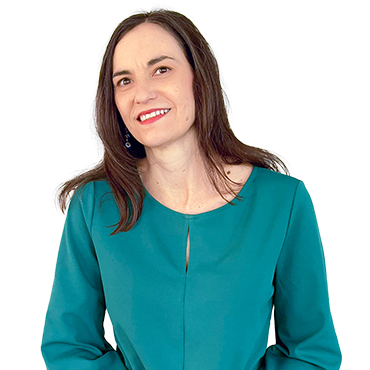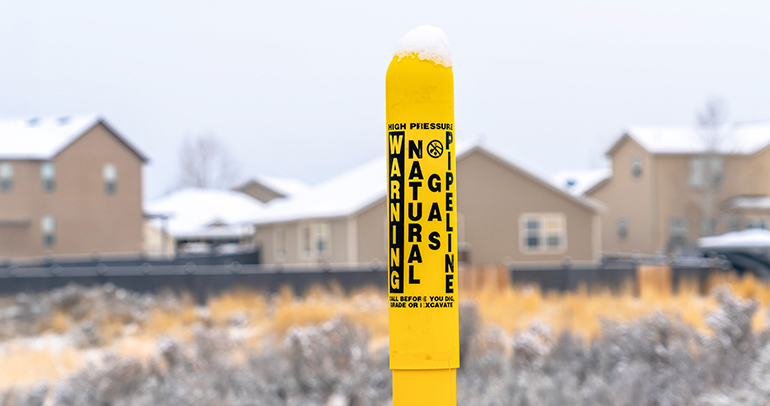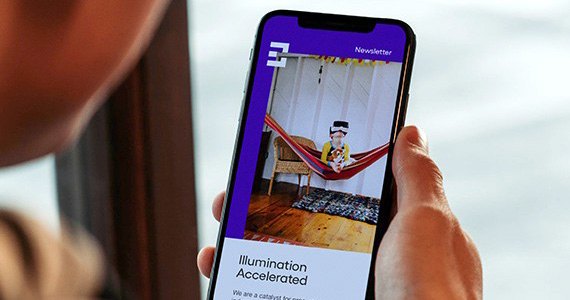
I recently had the opportunity to choose between two rail systems on the east coast of Florida (public transportation fans will recognize how weird that statement is).
The relative newcomer, Train B, offered a streamlined digital experience that allowed me to use the desktop website and mobile app to plan my trips, purchase passes and access tickets and boarding information.
Train A offered a somewhat clunkier mobile app on which I could purchase tickets, but app reviews showed a consistent pattern of customers reporting they couldn’t access their mobile tickets and had to repurchase tickets from station kiosks. (If you use enough train ticket kiosks, you’ll understand the preference for mobile passes.) There was also seemingly no option for a back-and-forth desktop/mobile experience.
I chose Train B, which was slightly more expensive, but in addition to an easy ticketing system, the trains were a little faster (there were fewer stops) and the train stations were blinged out, so there was added value. If I used that rail route frequently, I would probably choose Train A for pricing alone and accept a less satisfying digital experience and a slightly longer commute time on a less comfy train, but as a visitor, I pushed the easy button. And when/if I repeat the trip in six months, I’ll probably push it again.
Train B ultimately got my business because of perceived customer effort—the company’s investment in digital technology paid off.
The relevance to utilities? Lowering the effort it takes for customers to interact and do business with your company pays off in more ways than one.
Return on Investment for Improved Customer Effort Shouldn’t Just Focus on Financial Benefits
Since 2018, Escalent’s Cogent Syndicated Utility Trusted Brand & Customer Engagement: Residential study has helped utilities quickly access customer effort perceptions with the Customer Effort Score, a composite metric based on ratings across 20 attributes that contribute to the outcome of a utility being recognized as “easy to do business with” among industry peers.
The attributes were chosen from indices across Cogent Syndicated’s study, which in 2024 surveyed more than 59,000 residential electric, natural gas and combination utility customers across the United States to gauge customer engagement. Among the Customer Effort attributes:
- Clear communications
- Easily accessible and understandable communications on programs and offerings
- Ease of enrollment in programs and offerings
- Ease of use of program offerings (seven voluntary offering categories)
- Bill-pay effort
- Easily understood utility bill
- Ease of resolution for customer service issues (six service channels)
While improving Customer Effort can have a financial ROI (e.g., I chose Train B over Train A because the company made it easier to buy and redeem a ticket; more pertinent to utilities, improving self-service customer service channels can help utilities lower their customer agent head count), efforts to improve the customer experience can build brand loyalty and long-term value.
Within the Cogent residential study, Customer Effort Scores of 700 to 1,000 on a 1,000-point scale correlate with 19% higher customer value perception scores and 16% higher Brand Trust scores. Customers who score their utility higher for Customer Effort are also slightly more likely to say they wouldn’t switch providers if they had the opportunity.
Utilities have struggled with Customer Effort Scores since 2022, when inflation and utility rate increases had customers struggling to understand their bills and find ways to lower them. The industry is finally recovering from consistent declines, with a long-awaited 2025 first-quarter Customer Effort score improvement. The improvement was led by 40 utilities that stand out as being “easiest to do business with” among 140 of the largest utility companies in the US. Ease-of-use scores for voluntary utility offerings led the comeback—customers of higher-scoring utilities enrolled in time-of-use pricing, for example, find it much easier to use than customers at other companies.
Don’t Let Customer Expectations Outpace Your Utility’s Progress
Given the speed of technological improvements to customer service channels and the digital experience, customers are increasingly expecting more from their service providers, including utilities.
Would customers choose your company at least partially based on how easy it is to complete an interaction with you? Are you making your brand resonate with customers because you’re making their lives easier?
If you want to prioritize Customer Effort improvements and learn more about how our Utility Trusted Brand & Customer Engagement: Residential study can help your utility identify actionable insights, fill out the form below to talk with one of our energy industry experts today.
Want to learn more? Let’s connect.








